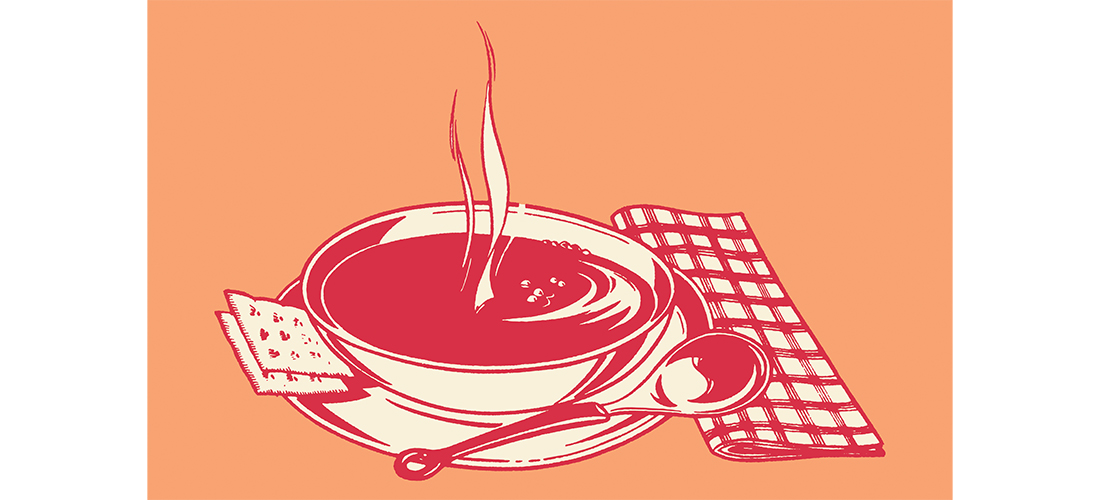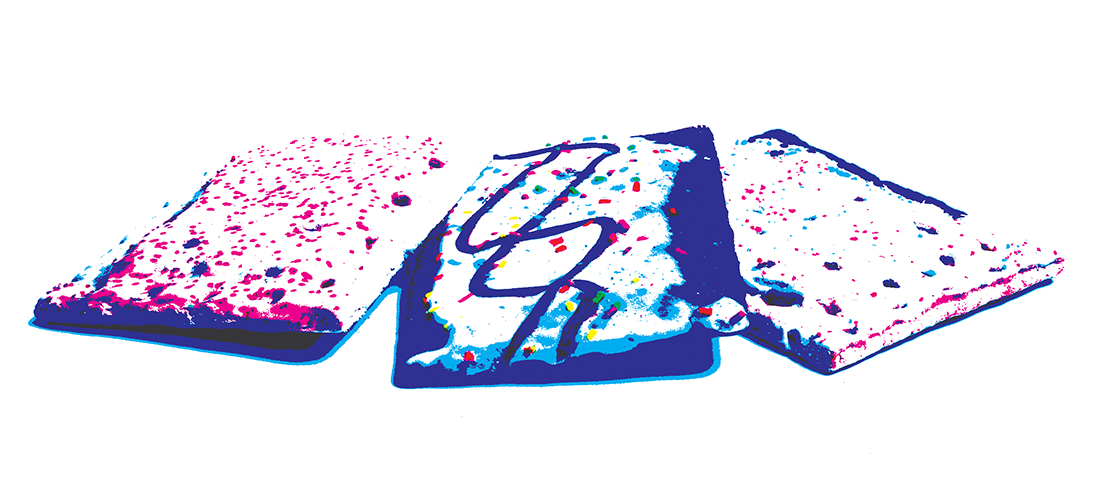Home Grown
Cooking Up Mischief
Stewing over the last laugh
By Cynthia Adams
There was much joking in my childhood home, mostly inspired by our father, a trickster of the first order.
Little — certainly not religion nor politics — was off limits but for an unfunny gray area: Ted Koppel and food.
Newsman Ted Koppel was my father’s unassailable source. After Koppel reported on sex trafficking, my father was apoplectic when a younger sister and I booked a trip to Cancun. Our refusal to cancel our trip, belittling Koppel’s reportage, outraged Dad.
Another untouchable? To even slightly malign our mother’s cooking, caused Dad to swiftly veer from ha-ha to oh hell no!
My father also held sacrosanct the Old Hickory House, a dimly-lit Charlotte roadhouse on North Tryon serving cue and, to my sister and I, decent Brunswick stew.
A Yelp reviewer wrote, “Looks like the kind of place your parents’ doctor/lawyer/accountant met his receptionist for ‘overtime’ work back in the ’60s.’”
It was unwittingly campy, untouched by market research or a decorator’s hand, with an unchanging atmosphere that no one would mistake for a chain. After an hour spent inside one of its cave-like booths, emerging into the light of day was nearly blinding.
One Saturday, Dad called saying he was coming through Greensboro en route to his farm in Rogersville, Tennessee. My older sister happened to be visiting, and I was warming stew for her, knowing our shared passion for Hickory House’s smoky, perfectly cornmeal-thickened stew.
I quickly thawed another quart for our Dad, telling my sister I was going to have some fun.
On arrival, he strode directly to the stove.
“Mmmmm! Is that what I think it is?”
I grinned.
Dad gave a weak smile. I lacked cooking cred.
He warned, “You know I will have to be honest with you.”
I nodded, handing him a generous bowlful. He raised a small spoonful to his lips, hesitated, then ate heartily.
He shook his dark, full hair, proudly styled into an Elvis Presley tidal wave effect. “Old girl, you’ve done it! It’s as good as Hickory House’s!”
Seriously? I was stunned into silence. My sister earnestly studied the tabletop as if ancient runes lay there.
“How did you do it?” he pressed.
“Beginner’s luck, I guess,” muttering a lie that caused me to flush red.
My sister’s eyes were huge as he ate two bowls. My sister and father, sharing our table without our extended, large family, was a first.
Unbeknownst to us that day, it was also a last.
Dad would not survive another year, suffering a fatal heart attack at 61.
My sister cornered me at our father’s casket as I weepily marveled at his shocking gray hair.
“The funeral home washed out the Grecian Formula,” I whispered. She swatted me, hissing, “Shut up!”
Her face darkened. “You are unreal! You never owned up, did you?”
“To what?”
“Lying to Daddy. You let him die thinking you made that damn stew!”
She was always the good cook — not me.
I nodded sheepishly.
“I thought he would know I can’t cook!” I protested.
My sister was unconvinced. “Face it,” she said. “You loved it. You really and truly got him.”
I leaned in, whispering to his now expressionless face, “Daddy, I’m sorry I lied about the stew.”
My sister’s big heart failed too, and she would follow him to an early grave. Other doors closed to the past. The Old Hickory House ceased operating its open pit after 60 years of roadhouse wonderment.
And somewhere in the Great Hereafter, my father believes his lying daughter learned to cook — unless my sister set him straight. OH
Cynthia Adams is a contributing editor to O.Henry.


